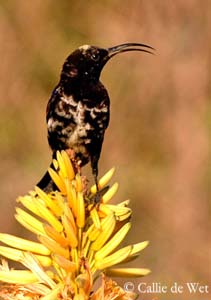
The different bills’shapes - Page 4
Show me your bill, I will know what you eat!
One again, nature did things well! Each bird to its own tool!
Photographers:
Patrick Ingremeau
TAMANDUA
Bob Moul
Nature Photography
Callie de Wet
GALLERY
Tom Grey
Tom Grey's Bird Pictures
Marc Chrétien
MURINUS
Maxime Dechelle
LEPAPARRAZO
Text and other pictures by Nicole Bouglouan
Sources:
L’ENCYCLOPEDIE MONDIALE DES OISEAUX - Dr Christopher M. Perrins - BORDAS - ISBN: 2040185607
See the article: Description of the bird and its plumage
We continue this study with very different bills, the thin bills of birds feeding on nectar from flowers.
Hummingbirds, hermits, sunbirds, honeyeaters and other similar species have peculiar and very well adapted bill, allowing them to reach deep in the flower the nectar which give them their energy for the day.

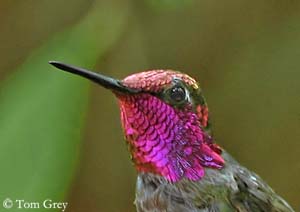
Amethyst Sunbird
Chalcomitra amethystina
Calypte anna
Some hummingbirds have straight, thin, medium-sized or long bill, whereas sunbirds have robust, down-curved bill, making easier to take the nectar.
Hermits have fairly long, down-curved bill allowing them to reach the nectar in larger flowers.
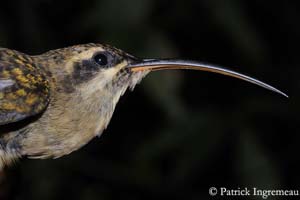
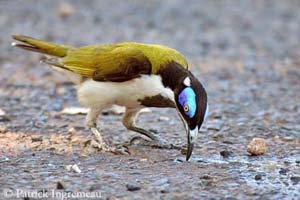
Long-tailed Hermit
Phaethornis superciliosis
Entomyzon cyanotis
The woodpeckers have strong, chisel-shaped bill.
They use the bill to excavate the nesting cavity into the wood of the tree trunks. They feed on wood-boring insects, using their long sticky tongue to reach them into the wood and bark crevices.
The bill is also used for the drumming frequently heard in the forests.
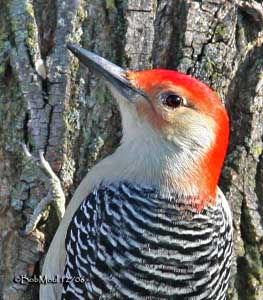
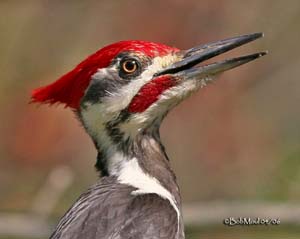
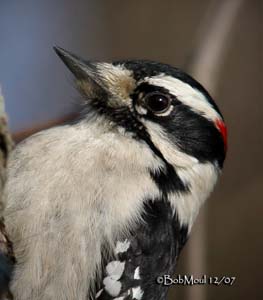
Melanerpes carolinus
Dryocopus pileatus
Picoides pubescens
Piculets also excavate their nest into the softer parts of the wood, in spite of their smaller bills.
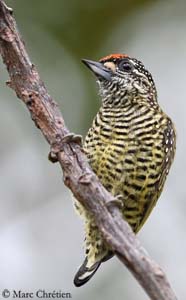
Golden-spangled Piculet
Picumnus exilis

White-barred Piculet
Picumnus cirratus
Hoopoe has long, down-curved bill, used to find and extract insects, larvae and pupae from the ground with short jabs of the bill.
Sometimes, the bird stops and inserts the bill into the soil in order to seize the items sensed with the tip. It also may dig strongly when pursuing a prey into its burrow.
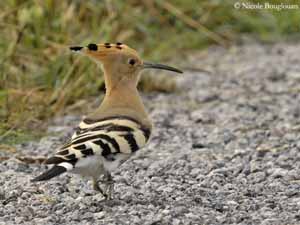
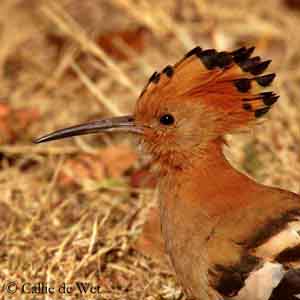
Upupa africana
Upupa epops
The kingfishers that dive for food have strong, straight, dagger-like bill.
Most of species have laterally compressed bill, and fairly long for the body’s size.
These birds dig burrows in sandy banks and shores for nesting. They catch the small fish with their powerful bill.

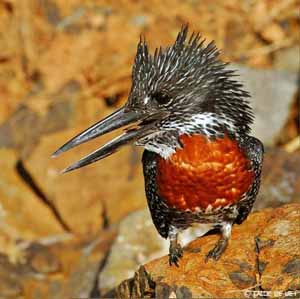
Megaceryle maxima
American Pygmy Kingfisher
Chloroceryle aenea
On the other hand, the species which feed on the ground, taking more terrestrial than aquatic preys, have shorter, heavier and broader bill. They also dig for the nesting cavity, but more often arranging old cavities in trees, or digging into nest of arboreal termites with their strong bill.
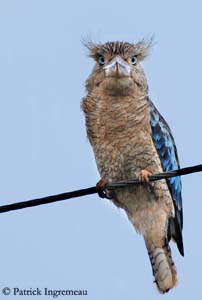
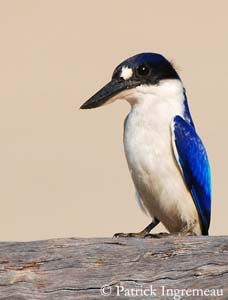
Forest Kingfisher
Todiramphus macleayii
Dacelo leachii